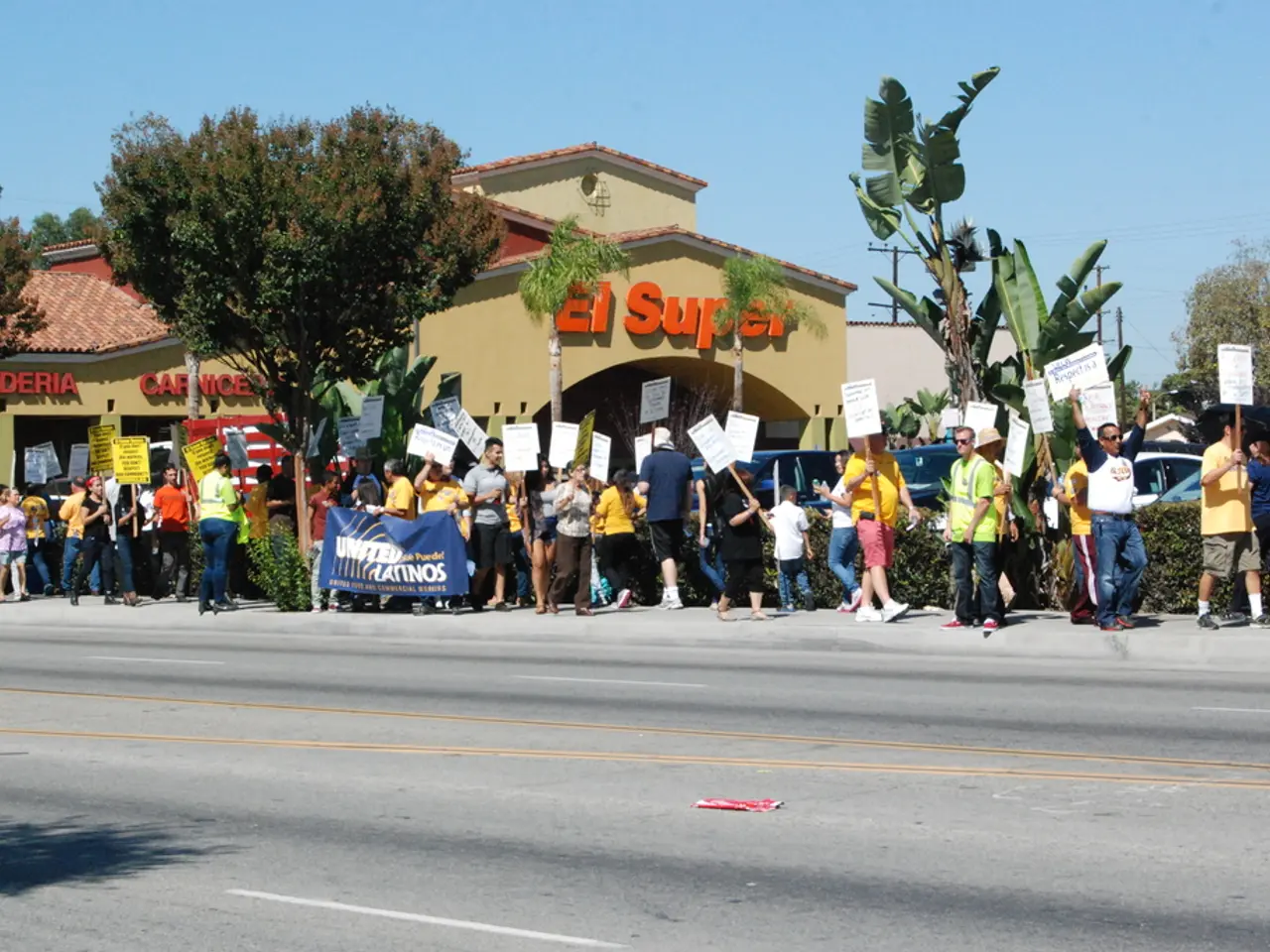Military operations in Gaza momentarily halt for a duration of 10 hours, facilitating humanitarian aid deliveries in the region during this ceasefire period, instigated by Israeli forces.
In the conflict-torn Gaza Strip, the urgent need for humanitarian aid is paramount. The population of over 2.2 million people is facing catastrophic food shortages, with numerous malnutrition-related deaths reported, particularly among children.
Designated secure routes for UN and NGO convoys are operating between 6 a.m. and 11 p.m., enabling truck deliveries of food, medicine, and fuel. However, the current volume of aid deliveries is far below Gaza's urgent needs.
The challenges for expanding humanitarian aid corridors are numerous. Threats to humanitarian workers and facilities, a breakdown of law and order, frequent denials, delays, and unpredictable permissions by Israeli Defense Forces (IDF), insufficient fuel and supplies, and short operational windows during unilateral tactical pauses or partial ceasefires all pose significant obstacles.
Multiple incidents of firing near distribution sites have resulted in dozens more casualties. Temporary pauses cannot replace the need for full, sustained humanitarian corridors. The ongoing violence undermines aid efforts.
The military pauses aim to facilitate humanitarian aid entry. Despite this, an airstrike reportedly killed a woman and her four children in Gaza City shortly after the initial halt began.
UN officials and aid agencies are calling for solutions to overcome these challenges. Proposed solutions include establishing a sustained, permanent ceasefire or longer humanitarian pauses, simplifying and expediting movement permissions by Israeli authorities, opening all crossings fully, enhancing security within Gaza, strengthening coordination mechanisms, and utilising alternative delivery methods like airdrops cautiously.
Western governments are also calling for expanded relief and ceasefire negotiations. The World Food Programme (WFP) has stressed the importance of rapid, predictable approvals for aid convoys. UN aid chief Tom Fletcher has called for far larger, sustained efforts to avert famine.
As the death toll in Gaza surpasses 59,000 since the onset of war in October 2023, with at least 133 hunger-related deaths recorded in 2025, it is clear that the situation in Gaza is marked by rising hunger toll and civilian starvation. The need for a comprehensive and sustained humanitarian response is urgent.
[1] UN Office for the Coordination of Humanitarian Affairs (OCHA), (2025). Humanitarian Response in Gaza: Challenges and Solutions. [Online] Available at: https://www.ochaopt.org/content/humanitarian-response-gaza-challenges-and-solutions
[2] World Food Programme (WFP), (2025). Gaza Crisis: Scaling Up Humanitarian Response. [Online] Available at: https://www.wfp.org/gaza-crisis-scaling-up-humanitarian-response
[3] Save the Children, (2025). Gaza Crisis: The Forgotten Children. [Online] Available at: https://www.savethechildren.net/gaza-crisis-the-forgotten-children
[4] Amnesty International, (2025). Gaza: The Silent Catastrophe. [Online] Available at: https://www.amnesty.org/en/latest/news/2025/07/gaza-the-silent-catastrophe/
- Despite the ongoing conflicts and political instability in Gaza, it's crucial for international efforts to focus not only on war-and-conflicts but also on addressing the urgent need for food, aid, and general-news coverage, considering the rising hunger toll and civilian starvation.
- The escalating food crisis in Gaza has led to an increase in crime-and-justice issues, such as theft and black market activities, due to the catastrophic food shortages and malnutrition-related deaths.








